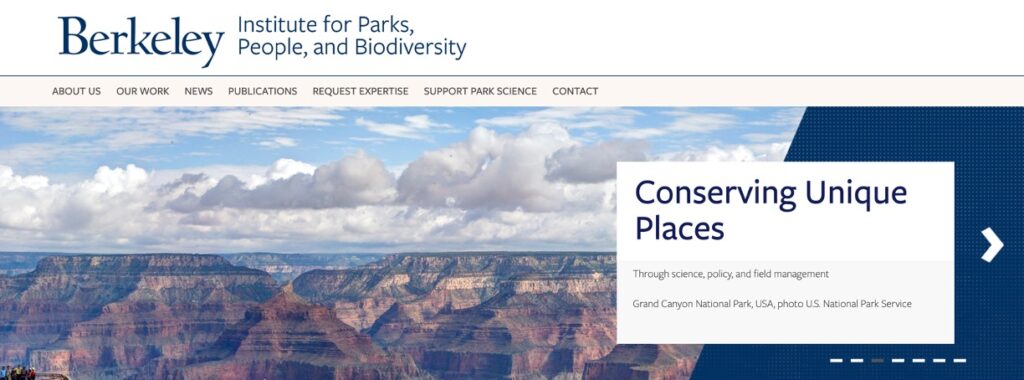Effective conservation of freshwater ecosystems requires combining a variety of approaches across scales. Our research explores the potential and limitations of strategies such as area-based conservation, flow-based river restoration, and the reintroduction of keystone species (e.g., North American beaver) to increase river and wetland integrity at the watershed scale.
Our research projects have engaged with integrating freshwater ecosystems into national and state conservation schemes (e.g., California 30 x 30), emphasizing the need to understand hydrological and ecological connectivity at the watershed scale. We have also advanced quantitative tools to understand how impacts to water quantity and quality, and thus opportunities to mitigate these threats, propagate down river networks.

At smaller spatial scales, we have focused on understanding how to maximize potential ecological benefits of habitat restoration projects and flow-based restoration efforts. For instance, our work in the Klamath River watershed demonstrates the benefits of floodplain restoration in providing thermal refuge habitats for juvenile salmonids. In Southern California (Los Angeles and Santa Clara rivers), we are researching the potential of water from wastewater effluent to restore ecological processes in urban settings — and enhance cultural and recreational opportunities.
Through these projects, we seek to inform the design of effective and sustainable conservation practices that protect watersheds and provide benefits for future generations.
Related grants
2024-25 Co-PI (Lead PI: Grantham), California Sea Grant. Understanding flow-ecology relationships to inform the restoration of effluent-influenced coastal streams in Southern California. PhD Fellow: Melissa von Mayrhauser.
2019-20 Sole PI, California Institute for Water Resources (CIWR) Water Research Program. Towards a Mechanistic Understanding of the Multi-Scale Effects of Drought on Riverine Biodiversity.
2016-17 Postdoctoral Fellowship, National Socio-Environmental Synthesis Center (SESYNC). Dams and social-ecological resilience to water scarcity.
Selected publications
Ruhi, A., Hwang, J., Devineni, N., Mukhopadhyay, S., Kumar, H., Comte, L., Worland, S. & A. Sankarasubramanian (2022). How does flow alteration propagate across a large, highly-regulated basin? Dam attributes, network context, and implications for biodiversity. Earth’s Future, 10(6): e2021EF002490.
Palmer, M. & A. Ruhi (2019) [equal contribution]. Linkages between flow regime, biota, and ecosystem processes: implications for river restoration. Science, 365(6459):eaaw2087.
Ruhi, A., Messager, M. & J.D. Olden (2018). Tracking the pulse of the Earth’s fresh waters. Nature Sustainability, 1(4):198–203.
Moravek, J., Soto, T., Brashares, J. & A. Ruhi (2024). Restored off-channel pond habitats create thermal regime diversity and refuges within a Mediterranean-climate watershed. Restoration Ecology, 32(4), p.e14110.
Sanchez-Montoya, M.M., Datry, T., Ruhi, A., Carlson, S.M., Corti, R. & K. Tockner (2023). Intermittent rivers and ephemeral streams are pivotal corridors for aquatic and terrestrial animals. BioScience, 73(4): 291–301.
Fernández-Calero, J.M., Cunillera-Montcusí, D., Hermoso, V. Quevedo-Ortiz, G. Fortuño, P., Acosta, R., Gomà, J., Cid, N., Vinyoles, D., Ruhi, A., Cañedo-Argüelles, M. & Núria Bonada (2024). Integrating spatiotemporal hydrological connectivity into conservation planning to protect temporary rivers. Aquatic Conservation: Marine and Freshwater Ecosystems, 34(3):e4139.
